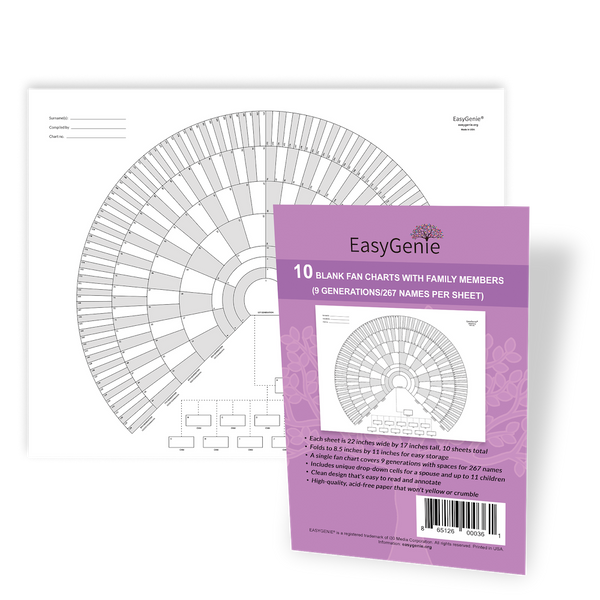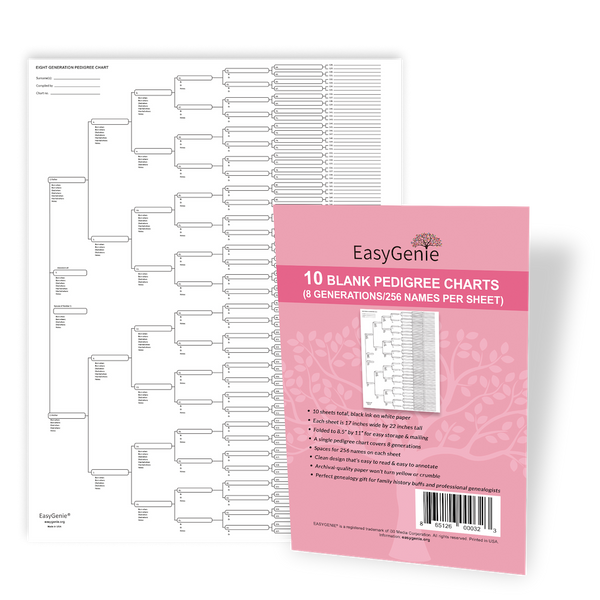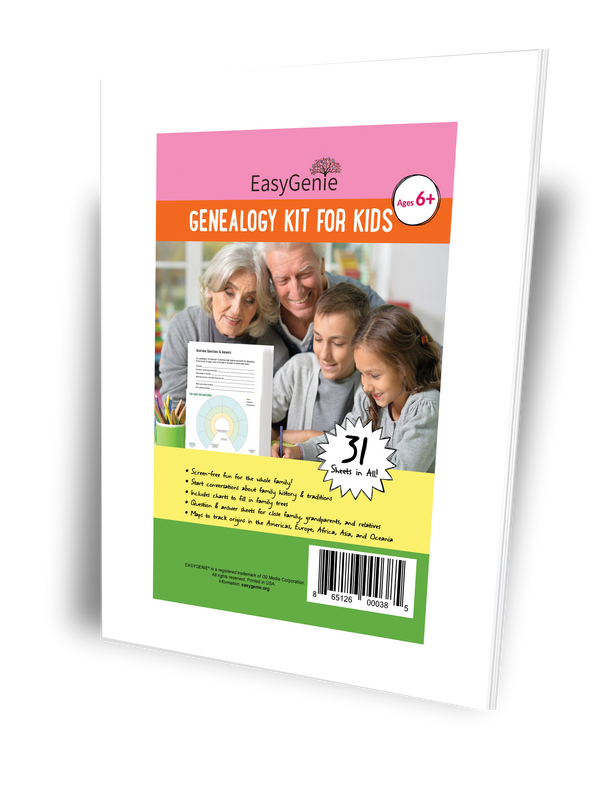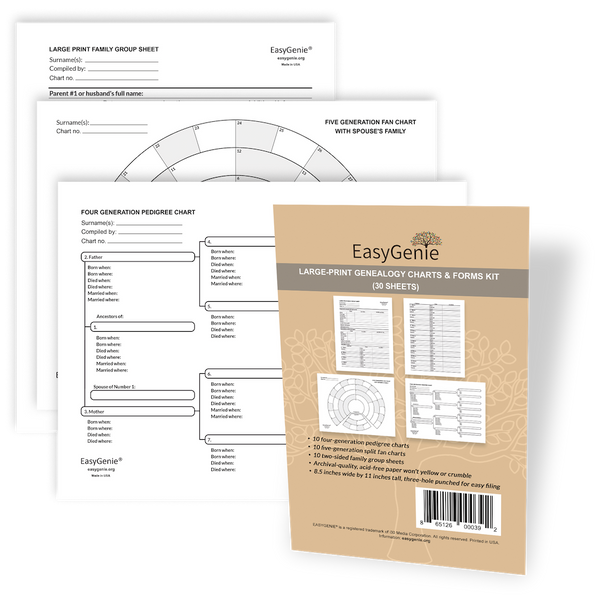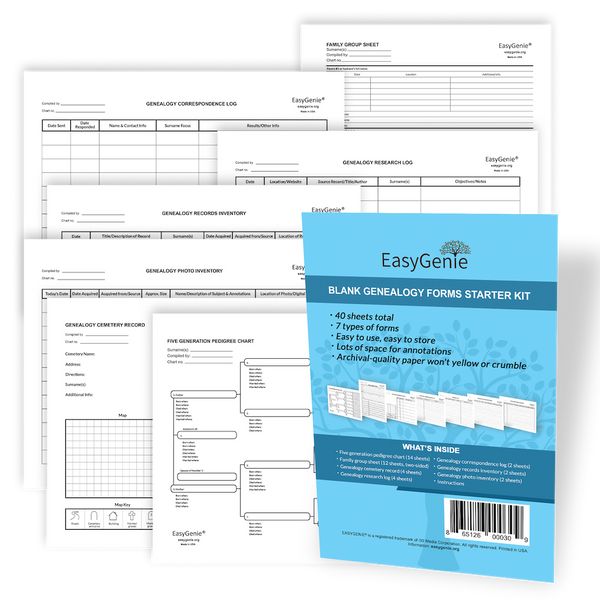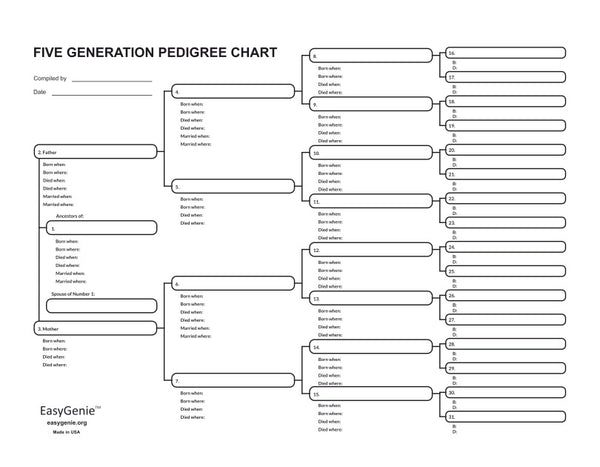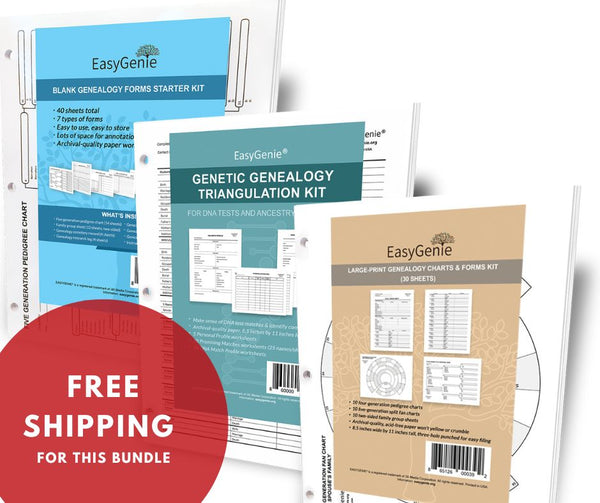
"Destroy if Dead" boxes for sensitive documents: readers respond
Ian LamontLast month, I shared the story of a person who wanted to create a “Destroy if Dead” box for personal documents or photos that they are not ready to part with (such as old love letters) but should never be seen after the owner dies.
Then I turned it over to you: What are the pros and cons? Are there alternatives? There were a number of responses to share below (note: the names are not real).
Many were firmly in the ‘destroy them ASAP’ category, like Rhonda: “When I divorced my husband back in 1984, I burned all his love letters in the fireplace,” she declared.
“I have to agree with those who think items should be destroyed now,” wrote another newsletter reader, Tanya. “I'm actually in the process of doing that – items that will not be an embarrassment are being scanned. All others go into the shredder. Since we have no children, our lawyer knows to destroy any genealogical items that remain when we are gone.”

Elizabeth had a mixed perspective. “One should probably honor the person who requests the items be destroyed,” she wrote. “At the same time, the individual may not see the value of what they are asking to be destroyed.”
Elizabeth shared an anecdote about her uncle, whose ashes had seemingly vanished after his death.
“I found a letter in my mother's things (she's still happily alive) that was sent to my aunt from the Coast Guard ... It stated at exactly what latitude and longitude the ashes were spread and when. Had Mom or her sister-in-law tossed it, no one would ever know where my uncle ‘landed.’”

“Some things that seem inconsequential are really not,” she concluded. “So many photos fall into this category; maybe not important at the time, but years down the line they help families put together their history.”
Thanks to everyone who responded.
